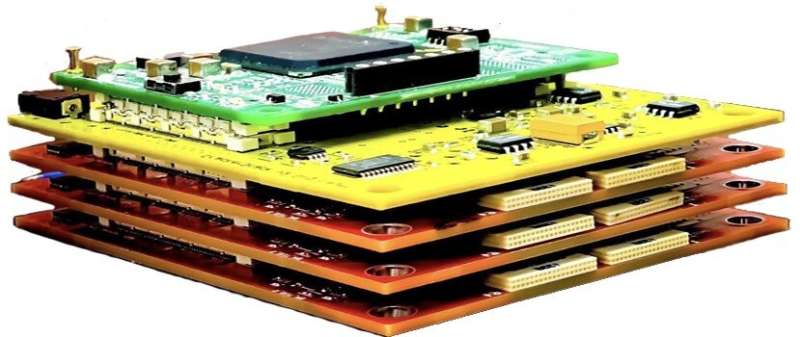
New technologies have revolutionized many fields, including medicine and neuroscience.
Advances in engineering, materials science, and computer technology have enabled the development of increasingly sophisticated devices for recording and analysing biological signals, such as brain activity, with unprecedented precision and accuracy.
For instance, electroencephalography (EEG) is a non-invasive technique that measures electrical activity in the brain using electrodes placed on the scalp. With the advancement in electronics and computing the EEG signals can now be recorded with greater precision and resolution.
Similarly, functional magnetic resonance imaging (fMRI) is a technique that uses powerful magnets and radio waves to measure changes in blood flow in the brain, which are associated with neural activity. Advances in magnet design, image processing, and data analysis have led to improvements in spatial and temporal resolution, enabling researchers to study brain function in more detail than ever before.
Neural mechanisms involved in locomotion
Working on the same line of medical advancement, researchers at University of California, Los Angeles (UCLA) and in collaboration with other institutes in the U.S. have successfully developed the Neuro-stack.
It is a wearable technology that records the activity of single neurons in the brain as a person is walking or moving. The tech behind neuro-stack is a significant achievement that could provide valuable insight into how the brain controls movement.
Once researchers are able to understand the neural mechanisms involved in locomotion it could lead to treatments for neurological disorders that affect movement, such as Parkinson’s disease and stroke.

The neuro-stack device
The Neuro-stack device developed by Markovic and his colleagues is based on ultra-low power and area integrated circuits. And its almost the size of a stack of cards. The device, according to Markovic, “listens to the brain and talks to the brain”.
Intentionally, they have kept it’s design portable so that it can be used for mobile experiments and to conduct experiments that more closely mimic real-world scenarios. This will give an extra edge in providing a more accurate understanding of how the brain controls movement and other complex behaviours.
Neuro-stack also stimulates neurons remotely
The Neuro-stack system not only records the activity of single neurons in the brain but also has the capability to stimulate neurons through strategically positioned electrodes. These stimulations can be programmed remotely and used to investigate or treat specific brain conditions.
Stimulation of neurons in the brain has been shown to be effective in treating a variety of neurological disorders, including Parkinson’s disease, epilepsy, and chronic pain.
With the ability to stimulate neurons remotely, the Neuro-stack system has the potential to be a powerful tool for developing new treatments for these and other neurological conditions.
Takeaway
Along with minimally-invasive implants it can be made broadly accessible, added the team.
Over all, the Neuro-stack system looks promising. It can assist in the advancement of medical technologies. For instance, it could be used to develop brain-machine interfaces or neuroprosthetics that help people with network-based brain disorders, paralysis, or other motor impairments to control prosthetic limbs or devices with their thoughts.
Via: Medical Xpress



